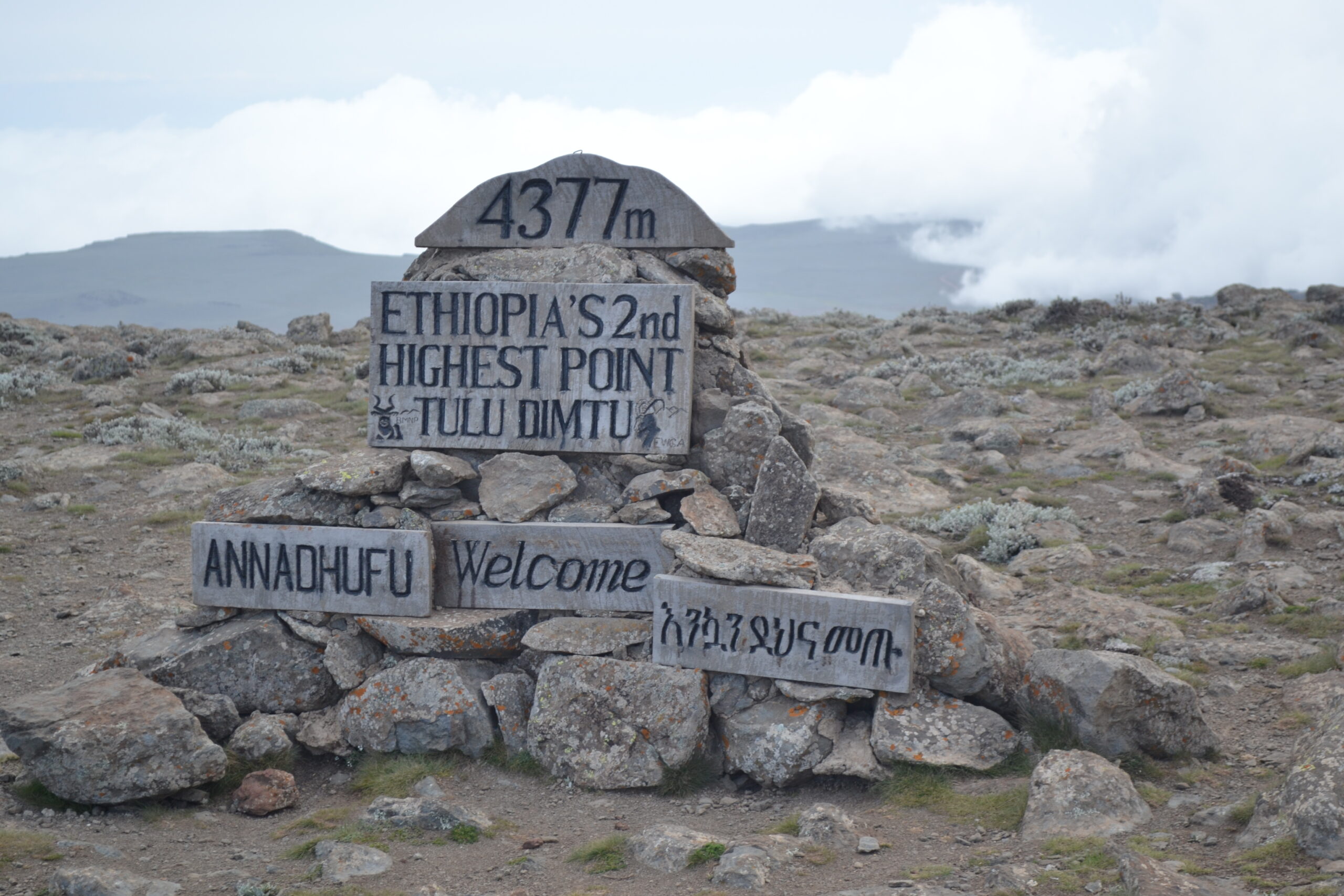JAAL urges authors submitting manuscripts to conform to these rules, except where there is strong reason to do otherwise. In such cases, prior consultation with the Editor will be appreciated. JAAL cannot overemphasize that improper presentation causes needless delays.
OVERALL MATTERS
Manuscripts written in English should use American spelling.
Authors should send an electronic copy of the manuscript in Pdf format. Authors will be required to submit, in case of acceptance the final copy in Word or Writer.
Manuscripts must be doubled spaced with Times New Roman font; font size 12.
CORRECTIONS
JAAL exhorts authors to submit clean copy. Pages with many handwritten corrections are not acceptable. Handwritten symbols, diacritics, and the like are acceptable if legible.
JAAL regards accepted manuscripts as virtually finished work, requiring minor corrections only. No major alterations will be accepted after typesetting. Authors will receive proofs for correction of printer’s errors at JAAL’s expense. Necessary minor alterations may be made at the author’s expense.
ORGANIZATION
All manuscripts should begin with an abstract of 100-150 words.
All reviews should begin with a full bibliographic designation of the reviewed book (see below for form), plus the number of pages and the price of the book if available.
A table of contents may be required by the article’s length or complexity.
All lengthy manuscripts should have major headings; the use and number of sub-headings to increase clarity are at the author’s discretion.
All linguistic examples must be numbered and they should be in brackets. When there is more than one example in a single category, they must be listed in alphabetical order and separated by dots.
Footnotes should be numbered consecutively throughout the text, and presented in the same page, i.e. typed at the foot of the page. Acknowledgements appear before the numbered notes, and are distinguished with an asterisk. Footnotes are for comments, not bibliographic references.
Tables, figures and maps should be identified as Figure 3, Map 5 etc., and their preferred place in the text clearly indicated. Use explanatory ‘notes to the editor’ where necessary to make layout intentions clear. If word- processing, use tab rather than multiple blanks in laying out a table.
Bibliographic references should appear in the body of the text, in abbreviated form and in parentheses, as follows: (Author’s name date [: pages, if necessary])
The full reference should appear in a list of references at the end of the article, as follows:
FOR BOOKS, LIST
Author’s last name, first name or initials. Date. Book title. [Capitalize as in normal writing.] Place of publication: Publisher.
FOR PERIODICALS, LIST
Author’s last name, first name or initials. Date. Article title. [Capitalize as above.] Journal Title volume
number: inclusive page numbers.
FOR EDITED BOOKS, OR BOOKS BY SEVERAL AUTHORS, LIST
All editors’ or authors’ names, but names other than the first one will have the following order: first name,
initial, last name.
To distinguish between works by the same author published in the same year, put lower-case letters after the date.
FOR WEB RESOURCES, LIST
Hyperlink and date of access in addition to the author’s name and title of manuscript (if there are any).
USAGE
For general conventions, authors should follow the latest edition of the Modern Language Association (MLA) style.
Authors are urged to transliterate foreign scripts, using current American conventions. Foreign scripts should only be used for a special reason. Authors who use foreign scripts, as well as rare phonetic or other symbols, should be able to furnish the fonts in some form, preferably not handmade.
If a given language or language group uses its own terminology for categories, please define them in general linguistic terms. It is important for JAAL to make its articles accessible to those who work in other areas of linguistics.
Foreign-language and emphasized material should be underlined for printing in italics. For glosses, use ‘single’ quotation marks; “double” quotation marks are reserved for other quoted material or “so-called” expressions.
All fonts should be Unicode.
For additional details, please consult earlier issues or the Editor.



